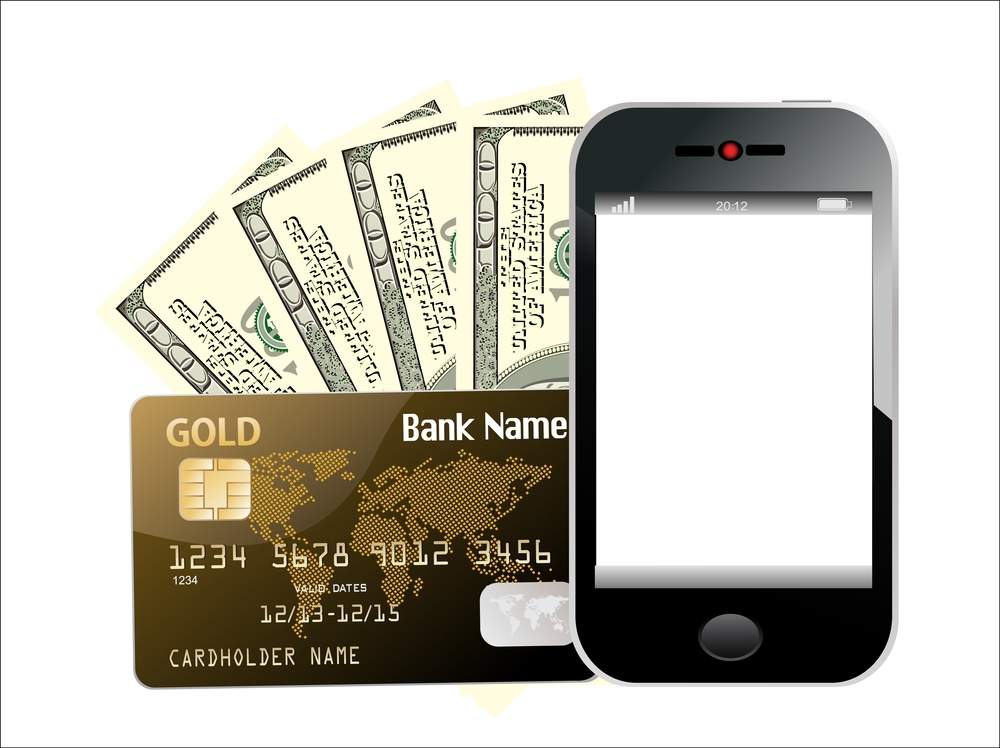
A report from the US has revealed that one third of shoppers with mobile wallets use them for non-payment purposes.
The Mobile Wallet Consumer Report, published 22 August by mobile marketing company Vibes, found that shoppers used mobile wallets such as Apple Passbook to store loyalty cards and coupons in one place and felt their shopping experience was improved by the promotions and special offers they received from retailers to their mobiles.
Jack Philbin, co-founder and CEO of Vibes, said: "This research confirms what we’ve been seeing in the mobile wallet campaigns we have run for our retail customers – a consumer’s phone is more than just a research tool.
"With emerging mobile wallet technologies such as Apple’s Passbook and Google Wallet Objects, consumers are able to organise their phones in a way that works for them. Information is delivered based on their preferences, creating a huge opportunity for retailers to not only offer a mobile wallet program, but better educate their customers on how to sign up and reap the benefits."
One of the key findings of the report was that 59% of consumers would change their view of a retailer for the better if they started to deliver digital mobile wallet content such as special offers and loyalty cards. Another was that 50% of people who did not use a mobile wallet said better promotions and offers were the top reason they would try one.
44% of non-users thought a mobile wallet would improve their shopping experience.
The report also revealed that use of mobile wallets was fairly even across all income bandings, with 26% adoption for consumers with incomes higher than $100K, 21% for those between $75K-$99K, 25% for $50K-$74K and 28% for those making less than $50K.







